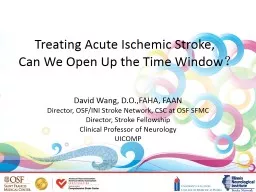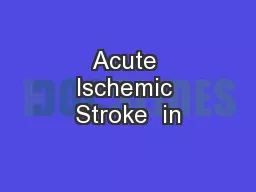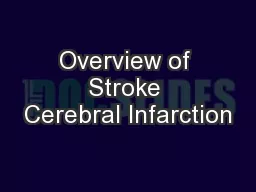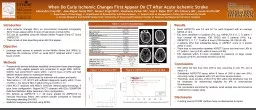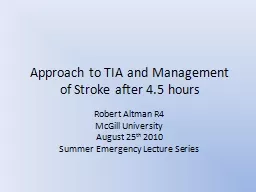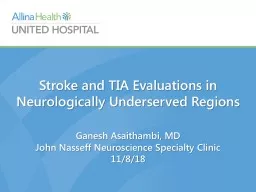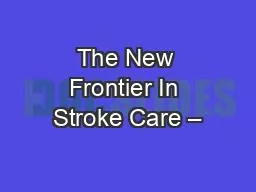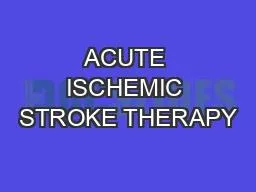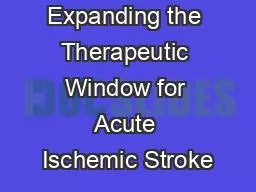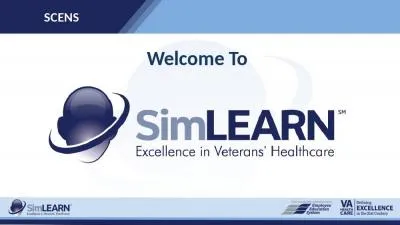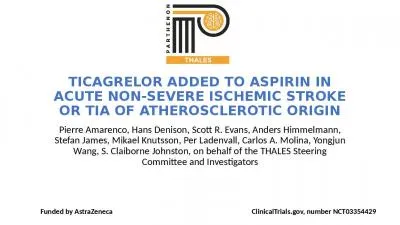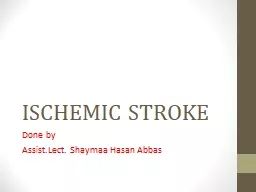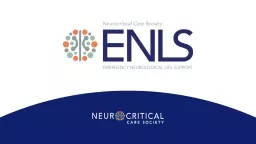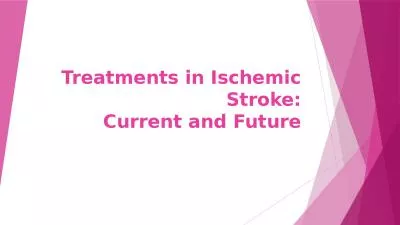PPT-Treating Acute Ischemic Stroke,
Author : kittie-lecroy | Published Date : 2018-10-23
Can We Open Up the Time Window David Wang DOFAHA FAAN Director OSFINI Stroke Network CSC at OSF SFMC Director Stroke Fellowship Clinical Professor of Neurology
Presentation Embed Code
Download Presentation
Download Presentation The PPT/PDF document "Treating Acute Ischemic Stroke," is the property of its rightful owner. Permission is granted to download and print the materials on this website for personal, non-commercial use only, and to display it on your personal computer provided you do not modify the materials and that you retain all copyright notices contained in the materials. By downloading content from our website, you accept the terms of this agreement.
Treating Acute Ischemic Stroke,: Transcript
Download Rules Of Document
"Treating Acute Ischemic Stroke,"The content belongs to its owner. You may download and print it for personal use, without modification, and keep all copyright notices. By downloading, you agree to these terms.
Related Documents

